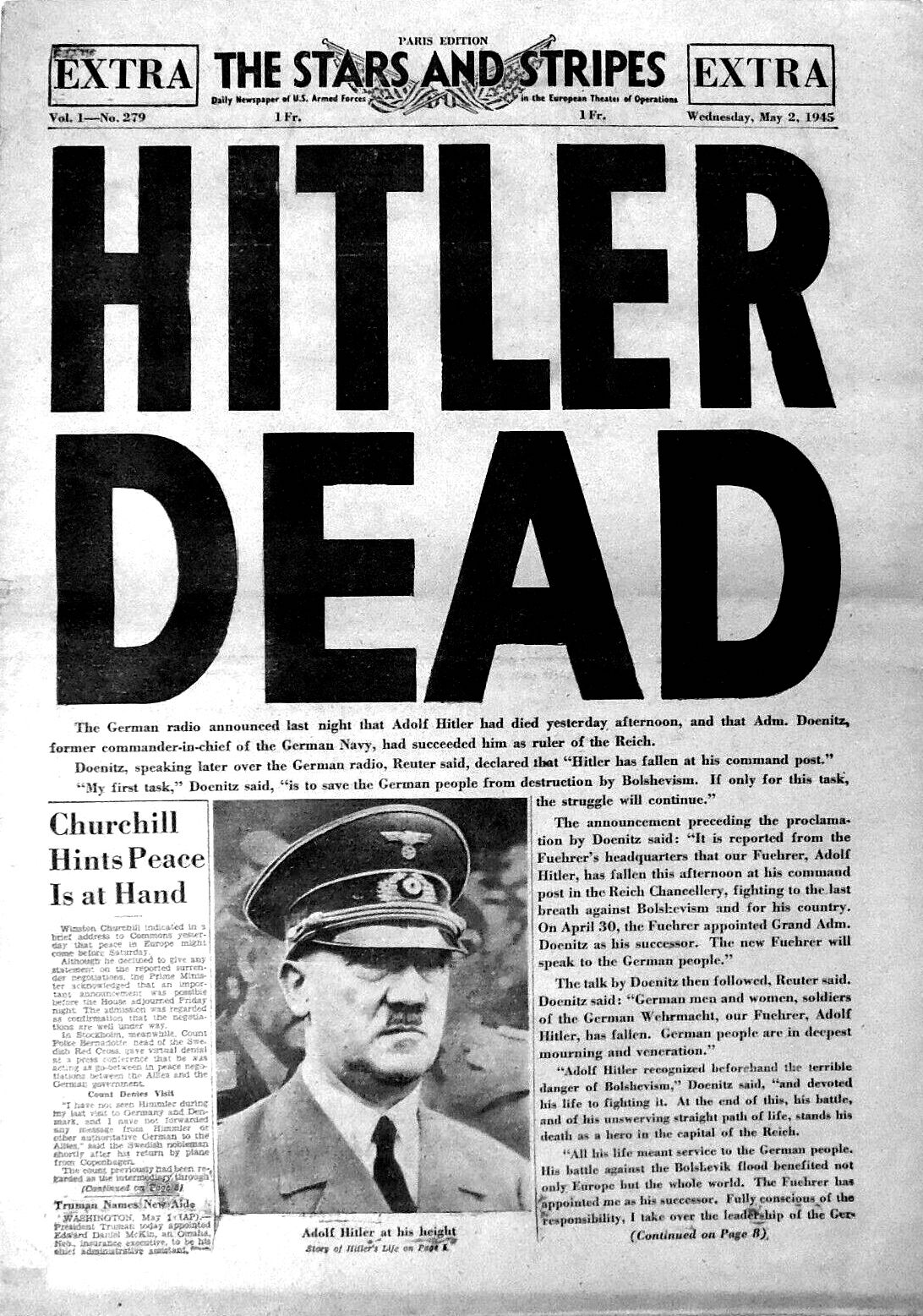World War II
by Devin Muñoz
Period 3
Intro
This website describes and explains the main points of the history of World War II. This website will include the causes, effects, the countries that were fighting in the war, and lastly, the important dates of World War II.

Causes
- Appeasement
- The League of Nations was weak
- The Great Depression weakened capitalist democracies
- The Treaty of Versailles punished central powers from World War I
- Fascist dictators rose to power
- Holocaust was an issue
- Bombing in Pearl Harbor (reason for entry of the U.S.)
- Adolf Hitler, he was a fascist dictator that was pretty evil

Effects
- The United Nations was created, which is stronger than the League of Nations
- There is the start of the Nuclear Age against every country
- The Cold War will start soon
- Europe’s economy is weakened
- Germany and Japan are controlled by the U.S. and Western Europe
- Adolf Hitler committed suicide
- Germany is also weakened

Who was fighting in the war?
Although the map is in French, it still tells the directions of the battles that were fought from Germany, which is Allemagne.The war was fought in Europe, Russia, North Africa, and Asia. About 60 million people died in the war (some people were innocent). The two sides were the Allied Powers and the Axis Powers. The Allied Powers consisted of the UK, United States, Soviet Union, China, and France. The Axis Powers consisted of Germany, Italy, Japan, Slovakia, Hungary, and Romania.

Important Dates
Timeline:
- July 7, 1937:
Japan invades China, initiating World War II in the Pacific.
- September 1, 1939:
Germany invades Poland, initiating World War II in Europe.
- September 3, 1939: Honoring their guarantee of Poland’s borders, Great Britain and France declare war on Germany.
- June 10, 1940: Italy enters the war. Italy invades southern France on June 21.
- December 7, 1941: Japan bombs Pearl Harbor.
- December 8, 1941: The United States declares war on Japan, entering World War II. Japanese troops land in the Philippines, French Indochina (Vietnam, Laos, Cambodia), and British Singapore. By April 1942, the Philippines, Indochina, and Singapore are under Japanese occupation.
- December 11–13, 1941: Nazi Germany and its Axis partners declare war on the United States.
- June 6, 1944: British and US troops successfully land on the Normandy beaches of France, opening a “Second Front” against the Germans.
- August 20–25, 1944: Allied troops reach Paris. On August 25, Free French forces, supported by Allied troops, enter the French capital. By September, the Allies reach the German border; by December, virtually all of France, most of Belgium, and part of the southern Netherlands are liberated.
- April 30, 1945: Hitler commits suicide.
- May 7, 1945: Germany surrenders to the western Allies.
- August 6, 1945: The United States drops an atomic bomb on Hiroshima.
- August 9, 1945: The United States drops an atomic bomb on Nagasaki.
- September 2, 1945: Having agreed in principle to unconditional surrender on August 14, 1945, Japan formally surrenders, ending World War II.
References (in MLA format) *all of the sites do not work for some reason*
“What are the causes and effects of World War II?” Enotes.com, Enotes.com, www.enotes.com/homework-help/what-causes-effects-world-war-ii-644157.
mvastola Follow. “9 A Century of Crisis.” LinkedIn SlideShare, 27 May 2014, www.slideshare.net/mvastola/9-a-century-of-crisis.
“World War II: Timeline.” United States Holocaust Memorial Museum, United States Holocaust Memorial Museum, www.ushmm.org/wlc/en/article.php?ModuleId=10007306.
“Primary History - World War 2 - World at war.” BBC, BBC, www.bbc.co.uk/schools/primaryhistory/world_war2/world_at_war/.



